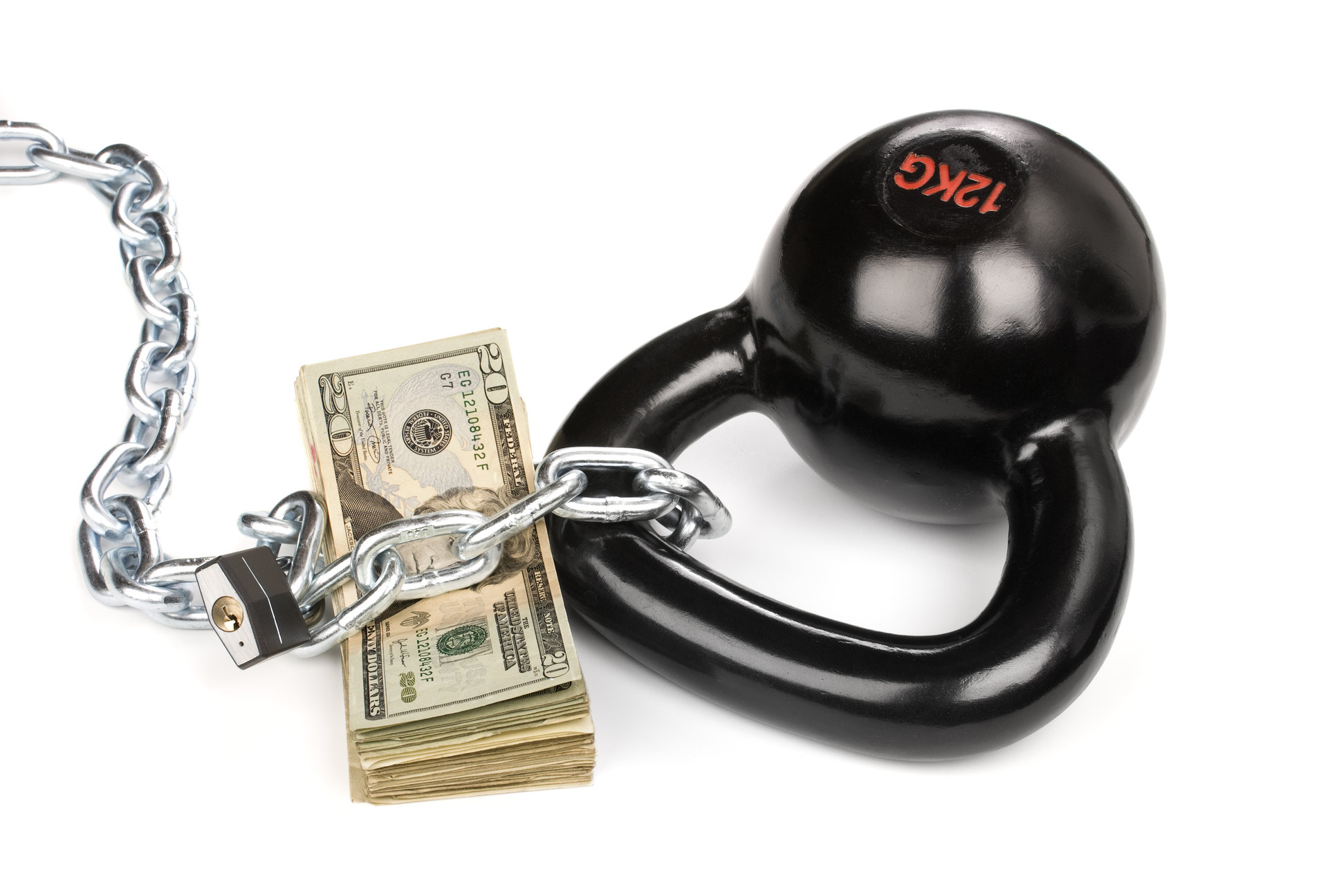Cash comes and goes.
January joiners, summer bodies, 90-day challenges and six-week boot camps all present opportunities for fitness professionals, but the nature of these opportunities comes with a downside – ‘lumpy’ cash flow. There’s no two ways about it, this makes business stressful, and even if it’s not seasonality, it might be termly classes or passes that give your business turbulent cash flow.
One quarter of bad cash flow can be enough to topple a business, so don’t let yourself get caught out by unfortunate timings!
Philippa Kelly, outlines three key messages for managing your cash flow, to keep your business going through its natural ups and downs.
1. Be proactive
Managing working capital (the liquidity in your business, or how well placed you are to cope with your day-to-day operations on an ongoing basis) is an art for most businesses, but some are more affected than others by seasonality, trends, and economic ups and downs. These affect what, for most, is the most important element of working capital – how much cash you have! As a fitness professional, you will face all of these challenges.
Rather than seeing this seasonality as a headache, tackle it head on. No doubt you will attract new business and clients across the year, with peaks and troughs. These might also be from different sources, perhaps social media, flyers in and around your local area, or referrals. You might offer different promotions or discounts to entice people to your sessions or gym.
If you can, keep track of where bookings come from, and when they occur (this will definitely add some admin to your January, but it will be worth it). A simple analysis of where your efforts are best converted (Facebook advertising vs offering your client and a future referral 10% off a session, perhaps) will allow you to focus on these areas. Consider whether you offer packages or subscriptions, do you see peak sign-ups in January and pre-summer months? It doesn’t sound like rocket science, but tracking this information can then allow you to make simple forecasts going forward, so know in advance where you need to focus your efforts to keep the cash coming in during quieter months, and devise ways to make this happen.
This information can also help you think about when might be best to bring in price increases, and when you need to focus on retaining existing clients rather than working toward acquiring new ones.
2. Keep cash in focus
When you’re busy running a business, it can be tempting to leave your numbers until the end of the month, or perhaps with someone else entirely – a paid accountant, friend or family member. However, a lack of cash awareness can be one of the most dangerous things for your business, whether new, old or growing. Whoever does your books can report information to you, but they might not be able to see different trends or alarm bells as well as you (for example, an increase in business that should have occurred, but didn’t).
Just three months of bad cash flow can sink an otherwise successful business. Even a monthly analysis of your cash flow is likely to be too infrequent as there are so many ebbs and flows of cash within a month. For many businesses, these include rent, utilities, loan payments, allowing for slow customer payments, cancellations, and new clients. All these activities can get swept up in a month, making it harder for you to trace how you got from the beginning of the month to the end. This is stressful if you end up with less cash than you thought you should. Looking at your cash flow on a weekly basis, and knowing what is coming up the following week, can help you avoid problems before they occur.
Many small business owners also overlook the cash impact of tax, whether you make payments on account or not. Setting aside the cash for your tax bill on a regular basis will mean the avoidance of a nasty shock in future. These sums can be large, and potentially difficult to estimate, so setting aside some money as you go shows you the true cost of your business and its benefit to you, without lulling you into a false sense of security.
3. Build a buffer and know what help is available
It can seem a daunting prospect to try and build up a cash pile for the business, while simultaneously trying to grow and also needing to pay yourself. However, even a small amount of emergency cash can get you out of a sticky spot and be worth multiple times its value in saved fees, interest, and inconvenience of missed payments or timing issues.
Much like with personal finances, if you know you’re going to have a problem, talk to someone. Suppliers are much more likely to have sympathy and waive fees and penalties if you have the conversation early and say something such as: “I know my bill is due on the 29th, but I’m not going to make that, however, you will be paid on the 1st.” This isn’t one to make a regular habit, mind you, but no one can help you out if they don’t know you’re having a problem.
It is also worth knowing what credit you are able to access, whether this is an overdraft or use of a business credit card. Credit cards can be invaluable for managing your working capital, as long as they’re being used to bridge a timing gap, not supplement a lack of cash flow entirely. For example, you can turn 30-day payment terms into 60 by paying via credit card on day 30 and then settling your credit card when it falls due. Many banks and financial services firms (such as American Express) offer small businesses a tailored range of credit products, which can be really helpful.
Keeping on top of your cash flow means you can spend your time focused on what you do best – building your business and helping your clients reach their goals.
Philippa will share more information like this and on other key business essentials at FitPro’s 2017 tour…
Philippa Kelly is a ICAEW chartered accountant and Pilates lover.
Philippa is part of the financial services team and also works closely with ICAEW‘s small business team where she presents to small business owners on common mistakes, such as ensuring you plan for your own financial future as well as your business.
She has previously appeared on BBC Breakfast, BBC 5 Live Wake Up to Money, CNBC Arabia, CNBC Africa, and has had articles on FinTech published in the Singapore Business Timesand other international publications.








